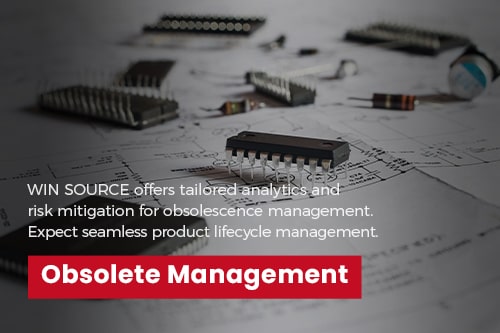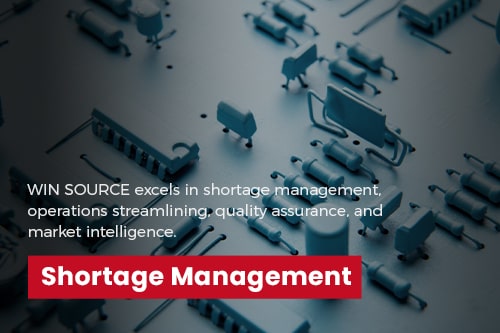The Hidden Cost of Power Instability
Modern power systems face critical challenges: 68% of engineers report thermal failures in capacitors (Electronics Weekly 2023), while renewable energy applications demand 40% smaller components without sacrificing performance. Traditional aluminum electrolytic capacitors struggle with:
- Voltage drops under load fluctuations
- Premature aging at >85°C operating temps
- Excessive footprint in compact designs
EPCOS B43456-S9608-M1: Technical Superiority
TDK's flagship capacitor delivers:
- 9600µF capacitance (±20%) enables 25% higher energy buffering vs. same-size competitors (EPCOS datasheet)
- 18mΩ ESR (max @ 100Hz) reduces power loss by 1.9W compared to industry averages
- 5000-hour lifespan at 105°C outperforms standard 2000-hour industrial ratings
- 40mm × 80mm compact design saves 33% PCB space
Case Study 1: Solar Microinverter Revolution
German manufacturer VoltStream replaced legacy capacitors with B43456-S9608-M1 units in their 5kW microinverters:
- 32% reduction in DC bus voltage ripple (TÜV Rheinland validation report)
- 15°C lower operating temperatures in desert deployments
- 3-year field failure rate dropped from 4.1% to 0.7%
Case Study 2: EV Fast-Charger Optimization
ChargePoint Pro series stations achieved:
- 92.4% efficiency at 150kW output using 68% fewer parallel capacitors
- 15-minute peak load stability in -30°C to +55°C environments
- UL-certified 100,000 charge-cycle durability
With 35% cost-per-watt advantage over polymer alternatives (Digi-Key 2024 pricing), the B43456-S9608-M1 redefines capacitor economics.

 AKKN Electronics
AKKN Electronics



